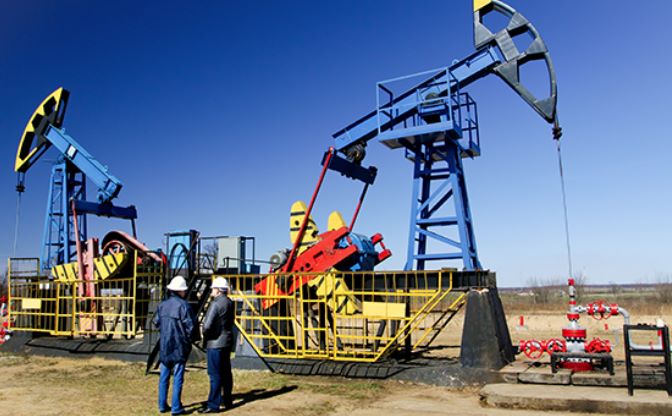
Summary of Oil Field Operations
• Associated gas: Natural gas produced with crude oil from the same reservoir.
• Appraisal wells: Wells drilled as part of an appraisal drilling program to determine the size, reserve, and estimated production rate of an oil field.
• Antifoam: Chemical additive used to lower interfacial tension to prevent trapped gas from forming a foam.
• Treatment fluid: Used to resolve a specific wellbore or reservoir condition.
• Slurry: A mixture of suspended solids and liquids.
• Alkaline flooding: An oil recovery technique where an alkaline chemical reacts with the oil, forming surfactants inside the reservoir.
• Abrasive jetting: Wellbore treatment using a fluid containing solid particles to remove deposits from the surface of the wellbore and/or completion components.
• Barrel of Oil EQ (BOE): A unit of energy used to measure the volume of petroleum and related products.
• Contingent resources: Quantities of petroleum estimated to be recoverable from known accumulations.
• Core and coring: A process associated with drilling to assess the productivity of oil well drilling.
• Derrick: A tower-like structure housing drilling controls and lifting equipment.
• Development wells: Drilling in proven areas of an oil or gas reservoir to maximize economic production and recovery of reservoirs known reserves.
• Enhanced Oil Recovery (EOR): A process that uses advanced techniques to increase oil recovery from oil reservoirs.
• Retrieval: Understanding the dimensions and nature of the "fish" in a wellbore, wellbore conditions, tools, and the process of handling the recovered fish.
• Gas in Place (GIP) or Gas Initially in Place (GIIP): The quantity of estimated gas in naturally occurring accumulations before extraction or production.
• Improved Oil Recovery (IOR): Processes that improve the flow of hydrocarbons from a reservoir to the wellbore.




